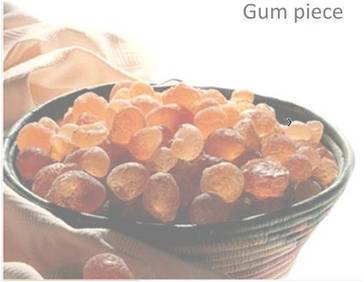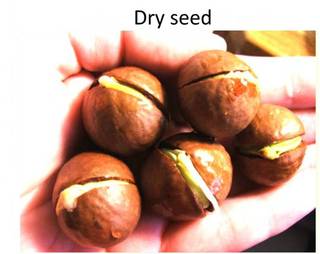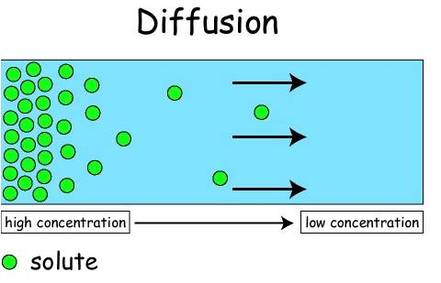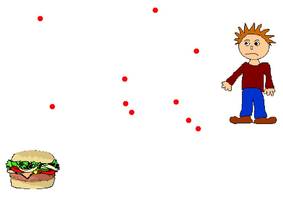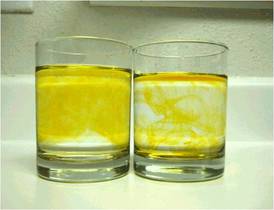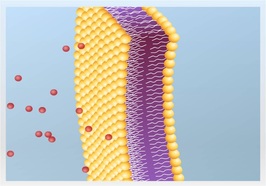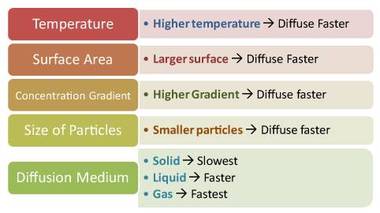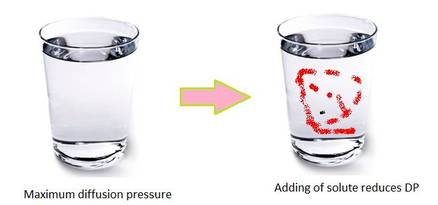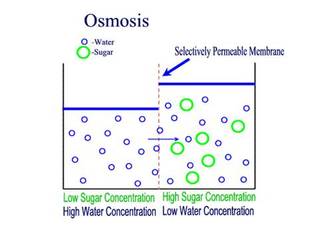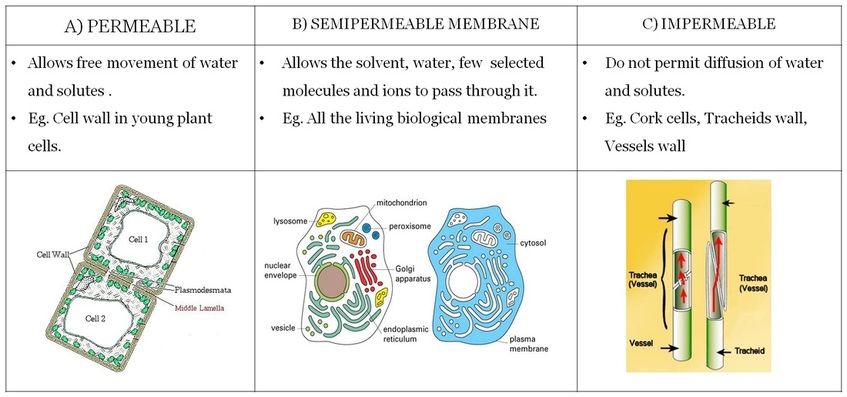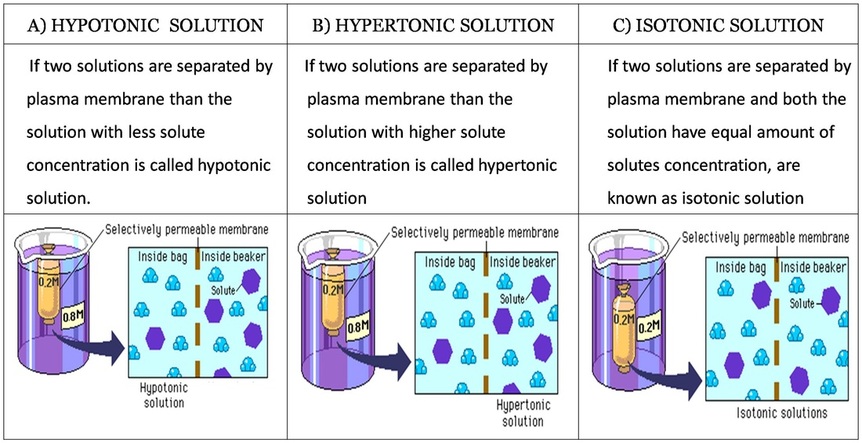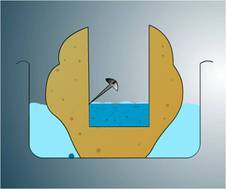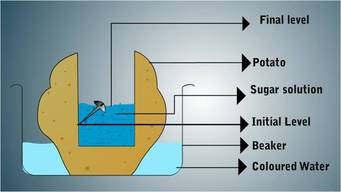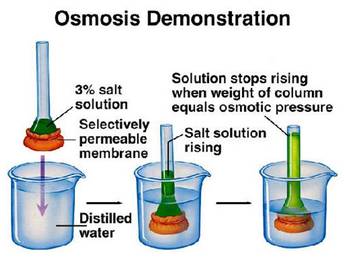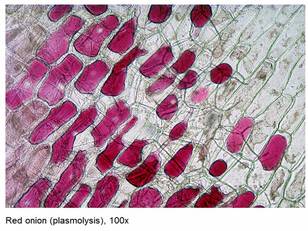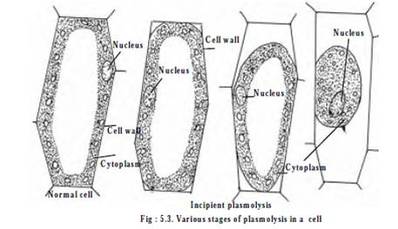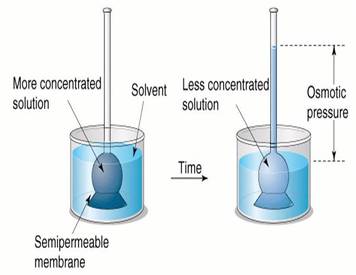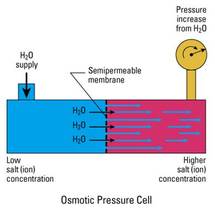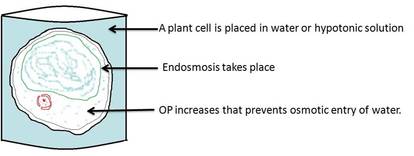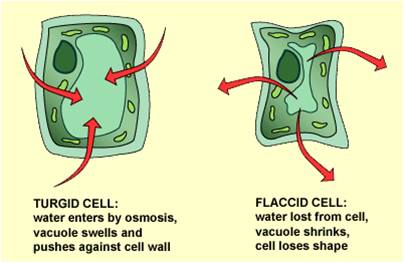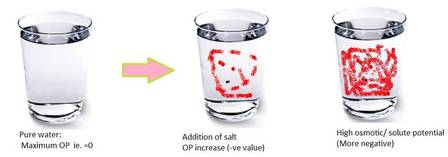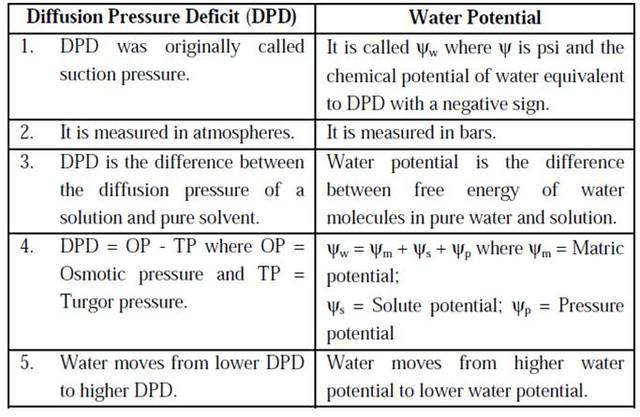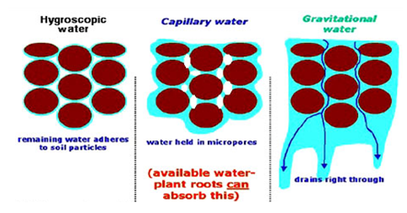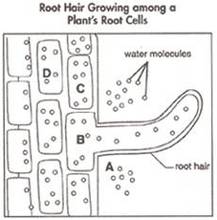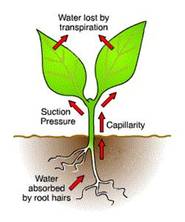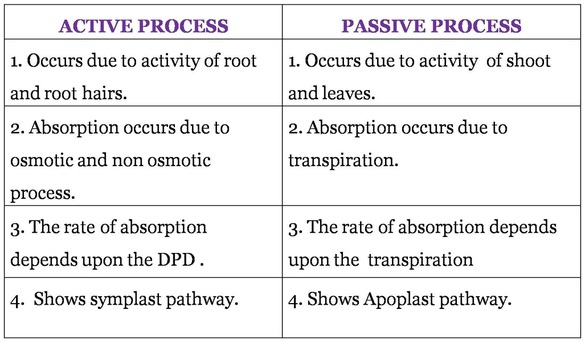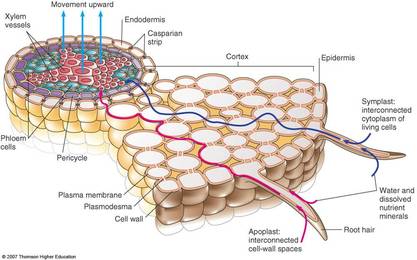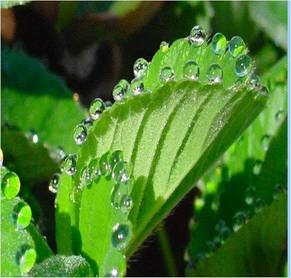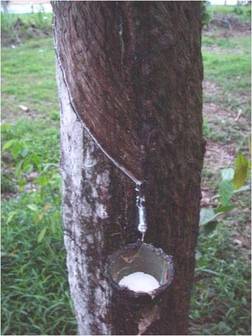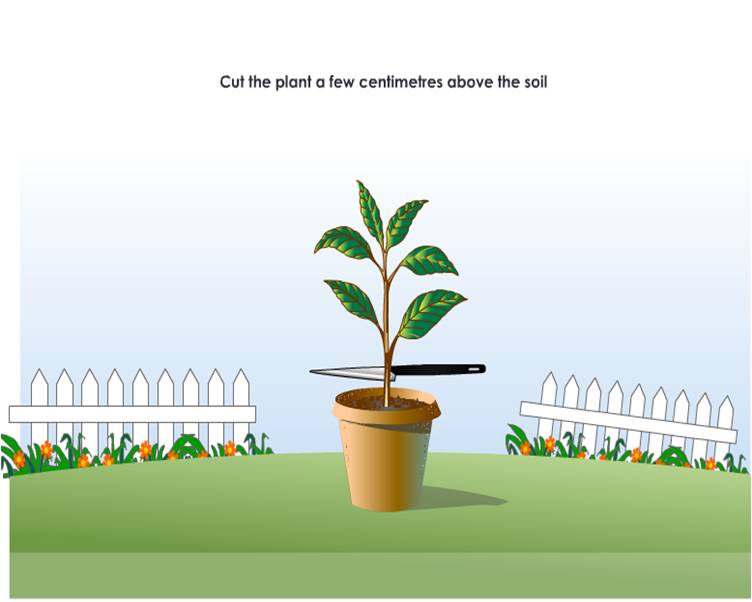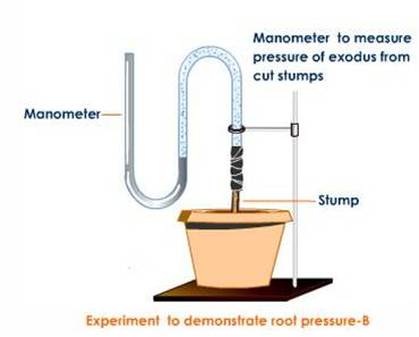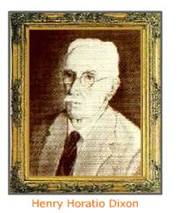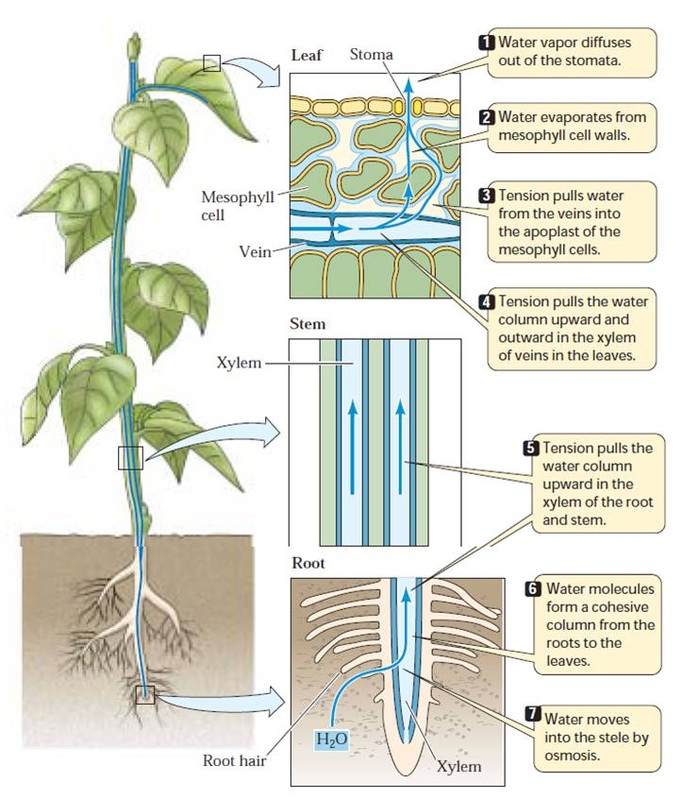ISC 12>STRUCTURE AND FUNCTION OF PLANTS>2.PLANT WATER RELATIONS
|
|
BIOLOGICAL IMPORTANCE OF WATER FOR PLANTS
|
Water is important for plants in following ways:
|
PATH OF WATER TRANSPORT IN PLANT BODY
| pathway_of_water_in_plant_body.swf | |
| File Size: | 289 kb |
| File Type: | swf |
PHYSICAL FORCES & FACTORS DRIVE THE TRANSPORT OF WATER & MATERIALS OVER A RANGE OF DISTANCES
- IMBIBITION
|
Definition:
Two main conditions necessary for imbibition are:
|
2. DIFFUSION
Examples of diffusion
|
1. Diffusion in gases
|
2. Diffusion in liquids
|
3. Diffusion across the membrane
| ||||||||||||||||||
|
Diffusion pressure and DPD
|
DPD of solution = DP of solvent – DP of solution
|
3. OSMOSIS
|
Definition
|
How osmosis works....?
|
A. PERMEABILITY
- The ability of the entry and exit of water into and out of the plant cells is due to a phenomenon called permeability of the plasma membrane.
- Based on permeability:
B. TYPES OF SOLUTION BASED ON CONCENTRATION DIFFERENCE
|
Demonstration of osmosis:
The process of osmosis may be demonstrated by the simple potato osmoscope. Potato Osmoscope
|
Experimental set up
After experiment
|
Some other methods of osmosis demonstration:
Endosmosis and exosmosis
Exosmosis:
Exosmosis:
- When a cell is placed in a solution of higher concentration than that inside its vacuole, water diffuse out of the cell.
- Cell becomes flaccid.
- When a cell is placed in a solution of lower concentration than that inside its vacuole, water enters the cell.
- Cell becomes turgid.
Significance of osmosis
- Absorption of water by root hairs
- Cell to cell movement of water
- Induces turgidity helping in stretching of stem
- Mechanical support in non-woody plants
- Growing tips remain turgid can penetrate into soil.
- Regulates opening and closing of stomata.
- Resistance to drought and frost
- Movement of plant parts (Mimosa pudica)
Plasmolysis
- When a plant cell is placed in hypertonic solution, the process of exosmosis starts and water from the cell sap diffuses out into the solution of external medium.This causes a reduction in the tension of the cell wall and brings about the contraction of protoplasm due to the continuous loss of water.
- The protoplasm becomes rounded in shape due to contraction and such a cell is said to be plasmolysed and the phenomenon is referred to as plasmolysis.
- The initial stage of plasmolysis where the protoplasm just starts leaving the cell wall is called incipient plasmolysis.
Reverse plasmolysis:
- When a completely plasmolysed cell is again placed in water or a hypotonic solution, endosmosis takes place and the protoplasm regains its original state and shape. i.e., the cell becomes fully turgid. This phenomenon is the reverse of plasmolysis and is called deplasmolysis.
- Helps to understand the living nature of a cell.
- Determines osmotic pressure of cell.
- Used to prove the permeability of cell wall and selectively permeable natureof plasma membrane.
- Explains process of osmosis.
- Killing of weeds.
- Helps to preserve meat, jellies and used in pickling as their salting kills bacteria by plasmolysis.
Osmotic Pressure
- When a cell or a solution is separated by semipermeable membrane from water, pure water tends to enter the solution by osmosis.
- Now the pressure required to prevent the osmotic entry of water into solution.
- Osmotic pressure of a solution is the pressure which must be applied to it in order to prevent the passage of solvent due to osmosis.
- In other words, it is that pressure which is needed to check the process of osmosis.
|
Turgor pressure
|
|
Wall Pressure
|
Relationship between OP, TP (WP), DPD
WATER POTENTIAL
Meaning:
- The difference in the free energy of water molecules in the solution and that of pure water at the same temperature and pressure.
- Water potential is denoted by the Greek letter psi (Ψ) and is measured in bars. Thus, water potential is the chemical potential of water.
- By convention the water potential of pure water is given the value ZERO.
- Because pure water has the highest concentration of water molecules, and thus the highest water potential, the water potential of all other solutions must be lower than zero i.e. negative.
- When a typical plant cell containing cell wall, vacuole and cytoplasm is placed in a medium containing pure water, there are a number of factors which determine the water potential of the cell sap.
- These are called the components of water potential and are named as
|
1. Solute potential ( Ψs )
|
| ||||||
|
2. Pressure potential ( Ψp )
|
Differences between Diffusion pressure deficit and Water potential
SOIL WATER (gravitational, capillary, hygroscopic and combined water – only definitions)
|
Rain is the principal source of water for the soil.
|
1. ABSORPTION OF WATER
1. Absorption of water (Fig: 2.1)
- Absorption of water occurs in plants through roots.
- The zone of water absorption in root is about 20 - 200mm from the root tip and this is the root hair zone.
- The ultimate units of water absorption are the root hairs.
2. Mechanism of water absorption
|
A)Active absorption (FIg: 2.2)
a) Osmotic theory of active water absorption
|
B) Passive absorption: (Fig: 2.3)
|
2. LATERAL TRANSPORT OF WATER
Apoplast pathway:
- In this pathway the movement of water occurs exclusively through cell wall and extra cellular spaces without the involvement of any membranes.
- Majority of the amount of water goes through the apoplast pathway.
- The cortex of the root does not oppose such movement of the water.
- The movement of water molecules is from cell to cell through the plasmodesmata.
- Less amount of water goes through the apoplast pathway.
- The cortex of the root oppose such movement of the water.
3. ASCENT OF SAP
A) Vital theories B) Root pressure theory C) Physical force theory |
A. Vital theories
- Relay pump theory – Godslewski
- According to this theory the pumping of water takes place upwards due to the vital activities of xylem parenchyma and xylem rays.
- According to this theory water is pumped up due to the contraction and expansion of innermost cortical cells which creates a pulsation causing upward movement of water.
B. Root pressure theory
- The pressure exerted by the root tissues that would force liquid up the xylem.
- The basis for root pressure is a higher solute concentration, and accordingly a more negative water potential, in the xylem sap than in the soil solution.
- This water potential draws water into the stele, once there, the water has nowhere to go but up, so it rises in the vessels and tracheids.
- The best evidence of root pressure is guttation and bleeding.
- Manifestation of root pressure:
|
A) Guttation
|
B) Bleeding
|
Experimental studies of root pressure:
- If a well watered plant is cut near its base, the xylem sap is seen to flow out through cut end with a pressure.
- This pressure is actually the hydrostatic pressure developed in the root system called root pressure
Limitations:
- Root pressure, however, cannot account for the ascent of sap in trees. Root pressure seldom exceeds 0.1–0.2 MPa (1–2 atmospheres).
- If root pressure were driving sap up the xylem, we would observe a positive pressure potential in the xylem.
- Materials can be transported upward in the xylem even when the roots have been removed
3. Transpiration pull theory
| |||||||||
According to this theory:-
- Due to transpiration water lost in the form of vapour from the leaves.
- Due to water loss mesophyll cells becomes concentrated.
- DPD of mesophyll increases.
- These mesophyll cells draw water from adjoining mesophyll cells which in turn from xylem elements of leaf.
- Xylem filled with continuous water column from leaf to root due to cohesive force.
- A tension is generated at the top called transpiration pull.
- This tension transmitted downwards up to roots through stem.
- Due to which water moves upwards.
TRANSPIRATION
worksheets and assignments
| board questions.doc | |
| File Size: | 30 kb |
| File Type: | doc |
